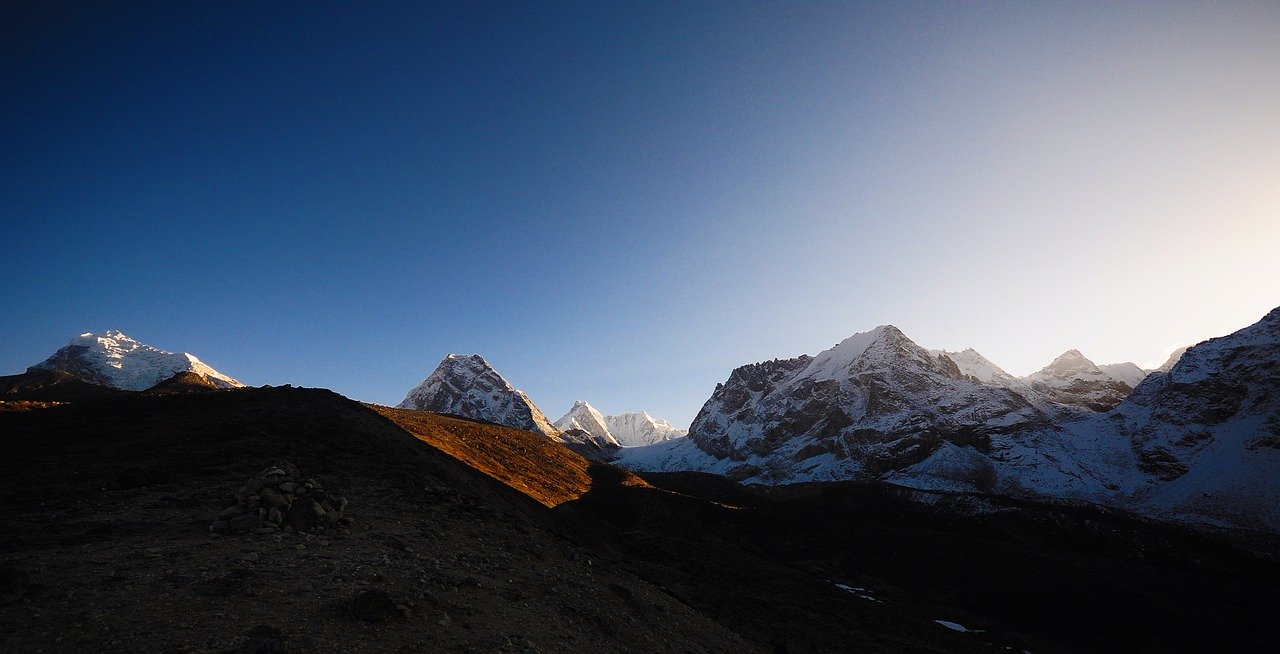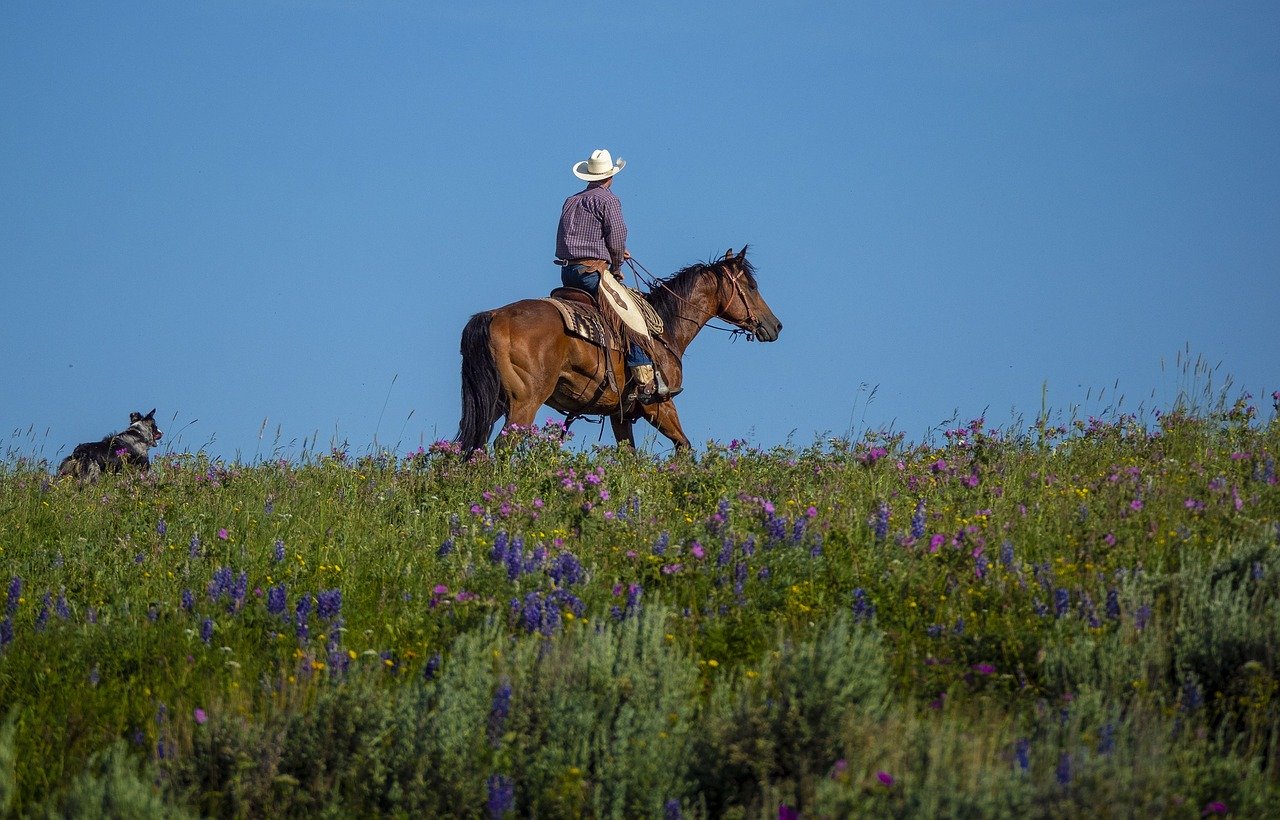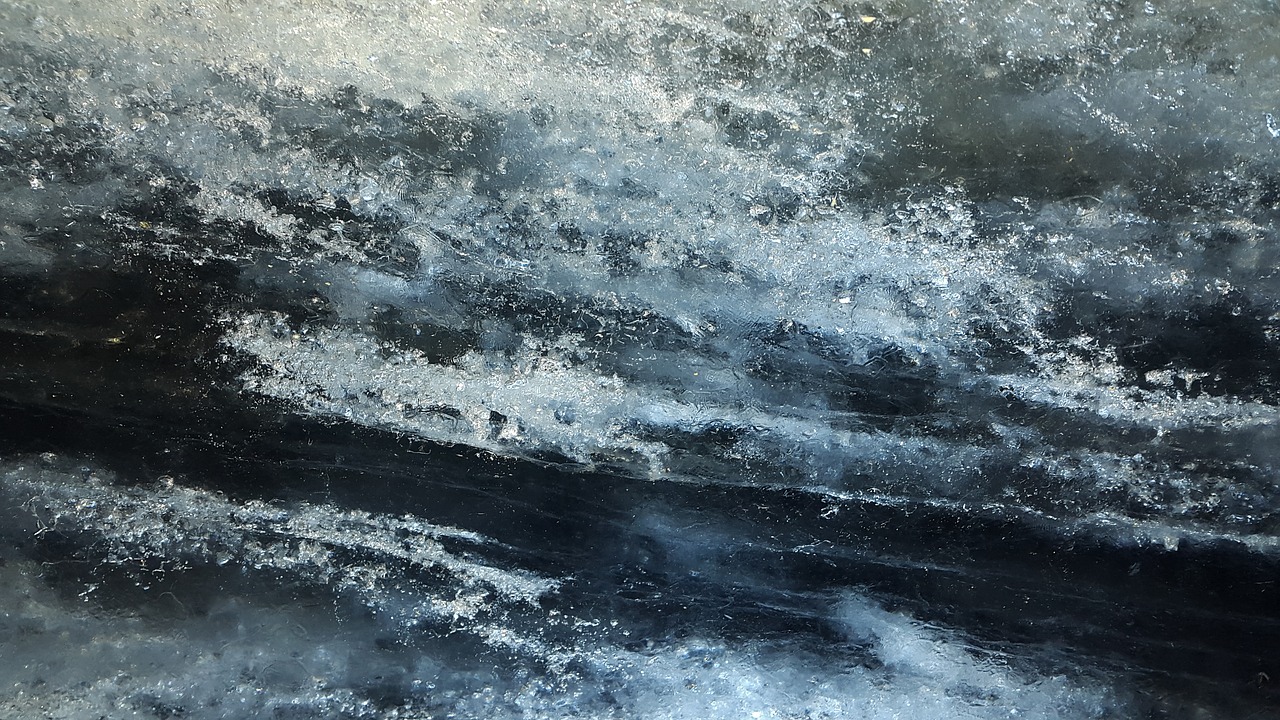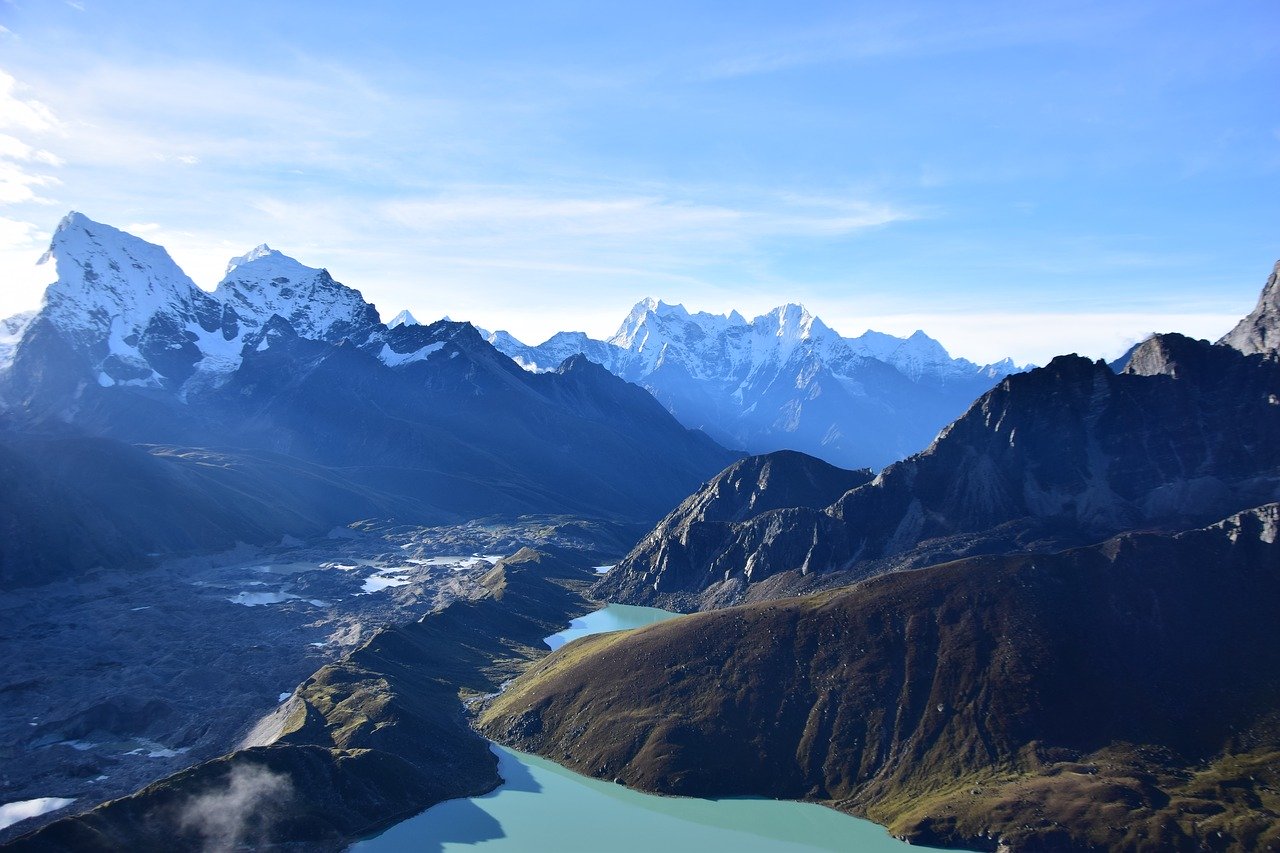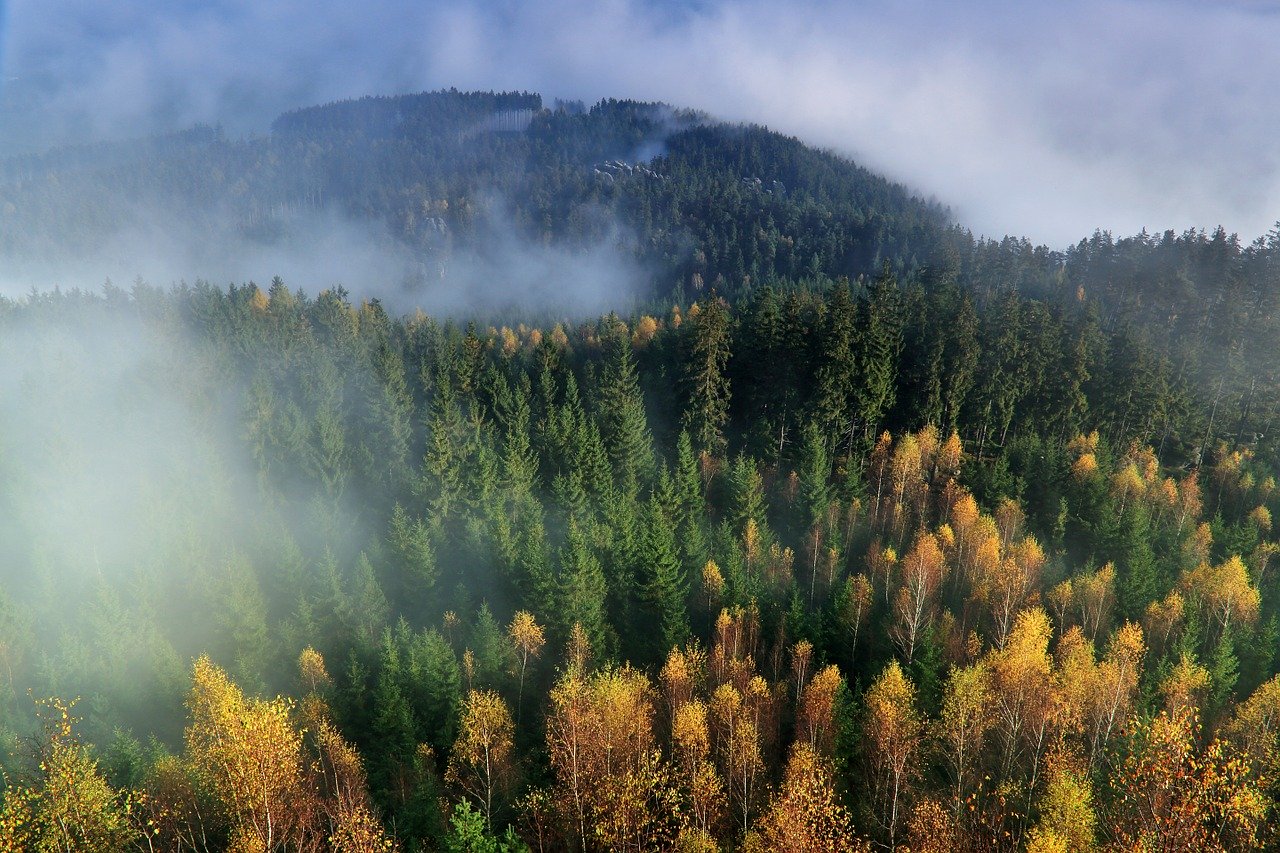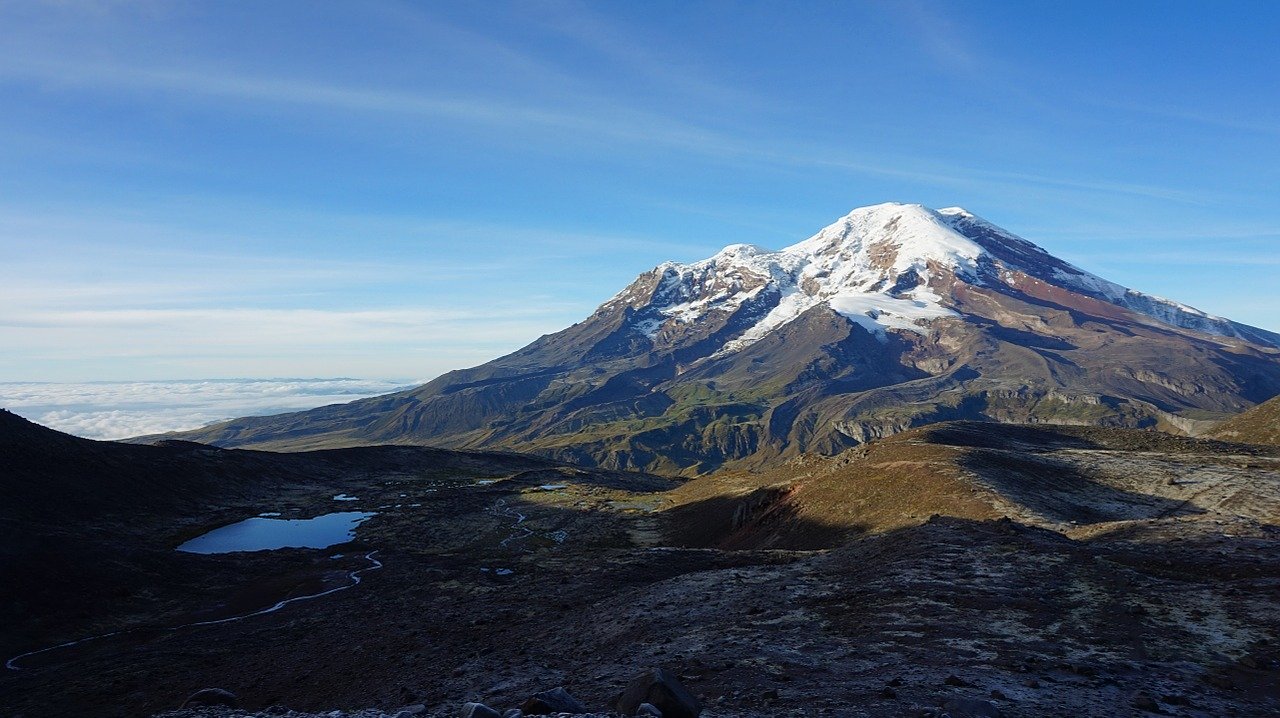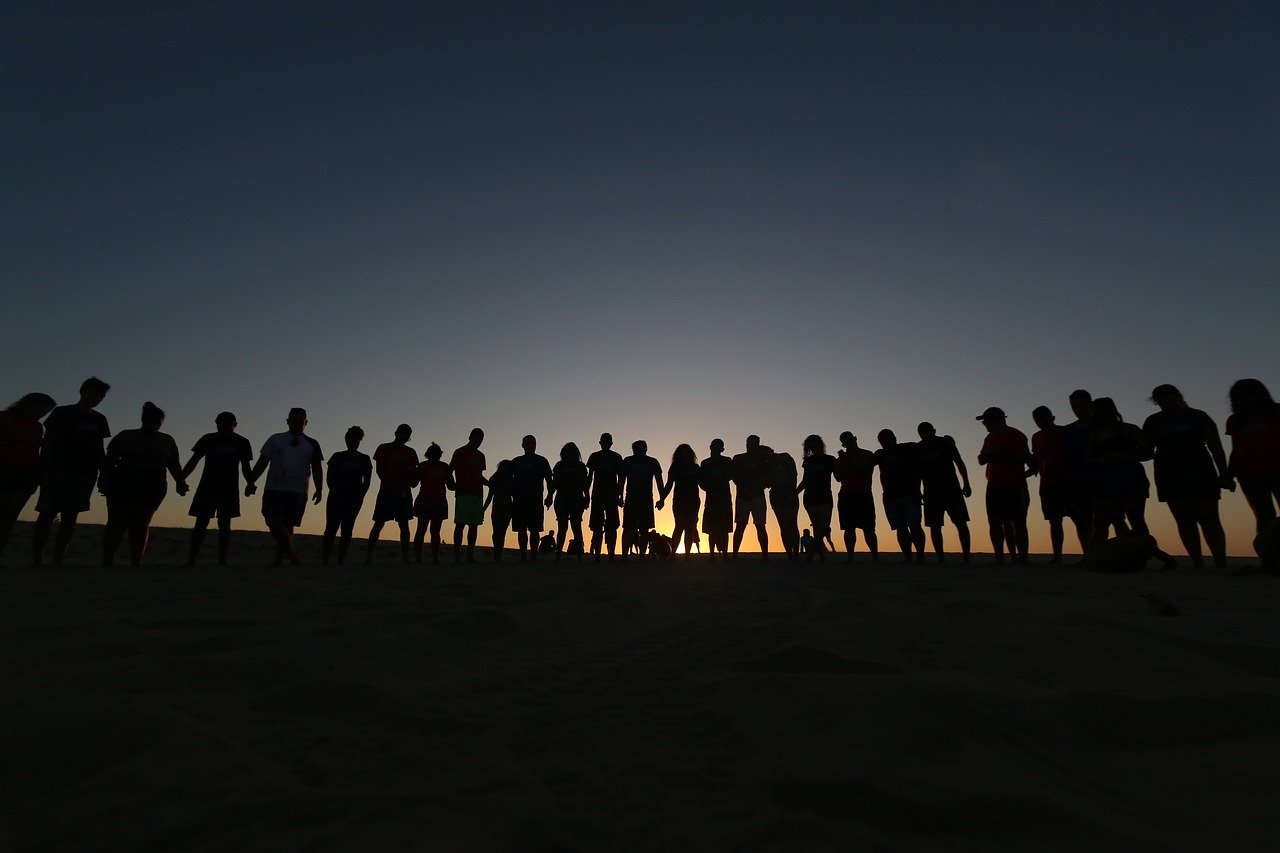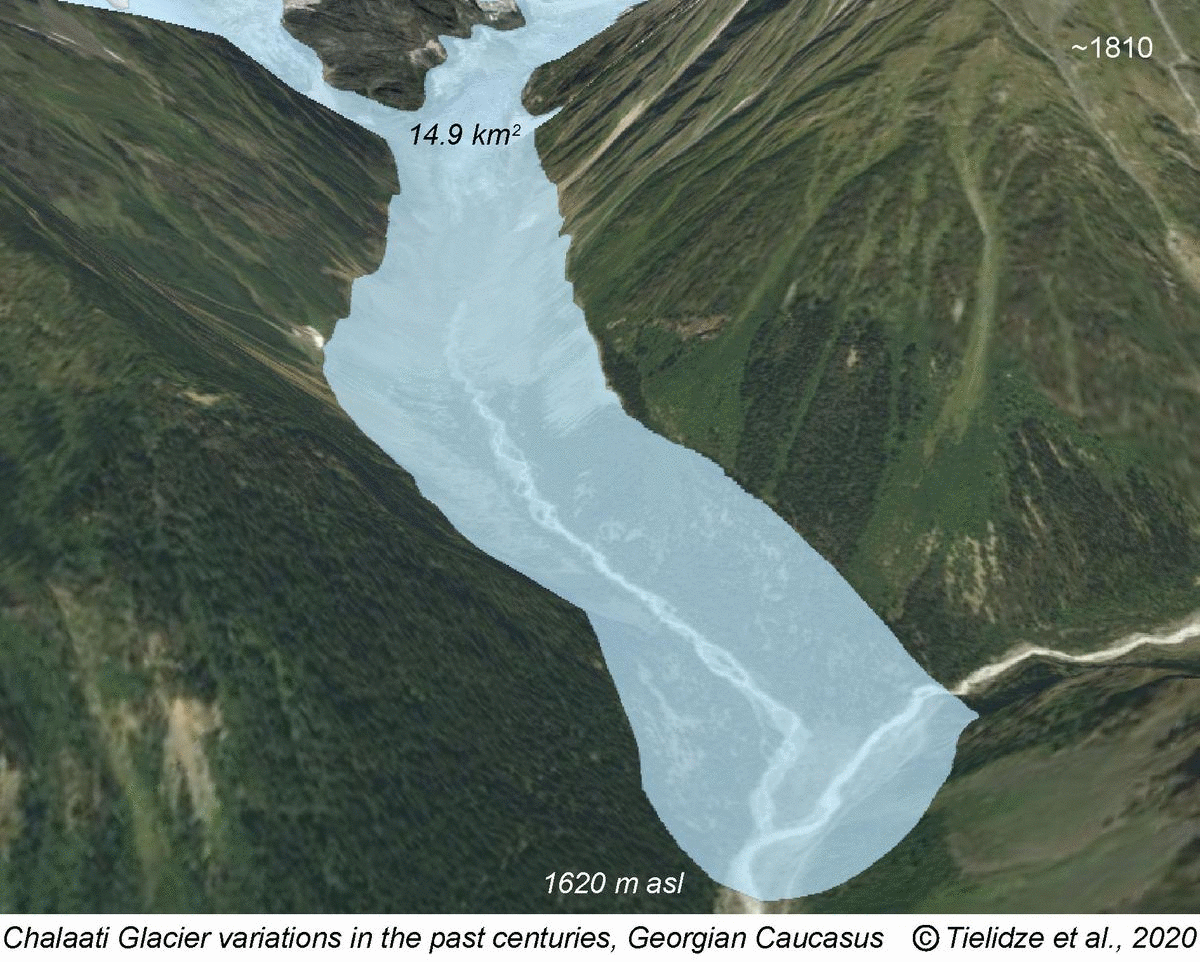News
- Details
- Category: Global News
The Adaptation at Altitude (AaA) programme has created a new online space on climate change adaptation in mountains that actors working on this topic can use to share their findings, learn from others, discuss challenges and shared issues, and announce events.
This space is hosted on the climate change adaptation knowledge platform weADAPT.org, and is free and open for all to use. It ultimately aims to support a community of practice and open space for researchers, practitioners, and policymakers working at all levels to connect with each other and share and discuss insights from their work.
- Details
- Category: Global News
Distinct psychological mix associated with mountain populations is consistent with the theory that harsh frontiers attracted certain personalities.
When historian Frederick Jackson Turner presented his famous thesis on the US frontier in 1893, he described the “coarseness and strength combined with acuteness and acquisitiveness” it had forged in the American character. Now, well into the 21st century, researchers led by the University of Cambridge have detected remnants of the pioneer personality in US populations of once inhospitable mountainous territory, particularly in the West.
- Details
- Category: Global News
Ice cores preserve evidence of rare but impactful changes in Earth’s history, often called 'black swan' events, as well as smaller environmental changes.
Lonnie Thompson and Ellen Mosley-Thompson at The Ohio State University have been studying ice cores from around the world for over 30 years. They collect, store and study ice cores to understand the history of the Earth’s climate and preserve them for future scientists. In this interview, they explain how ice cores preserve evidence of rare but impactful changes in Earth’s history, often called 'black swan' events, as well as smaller environmental changes and why it is necessary to preserve the ice cores and the glaciers they come from.
- Details
- Category: Global News
In the largest-ever study of glacial lakes, researchers using 30 years of NASA satellite data have found that the volume of these lakes worldwide has increased by about 50% since 1990 as glaciers melt and retreat due to climate change.
The findings, published in the journal Nature Climate Change, will aid researchers assessing the potential hazards to communities downstream of these often unstable lakes and help improve the accuracy of sea level rise estimates by advancing our understanding of how glacial meltwater is transported to the oceans.
- Details
- Category: Global News
Welcome to our September 2020 round-up of new publications! This list, updated each week, contains articles relevant to mountain research that you won't want to miss this month.
Is there an article that the mountain research community should know about? This email address is being protected from spambots. You need JavaScript enabled to view it.
- Details
- Category: MRI News
Last month, over 1,200 participants registered and connected from 37 different countries to participate in the inaugural virtual conference on 'Climate Change, Health and Mountain Ecosystems and their Governance in Support of Sustainable Development in the Tropical Andes Region - Central America (Andes +)', hosted by the Cluster of Cooperation Conéctate A+ network. The conference was a key opportunity to connect and foster a virtual dialogue and exchange, despite these challenging times for research and collaboration due to the COVID-19 pandemic.
Within the framework of the Conéctate A+ network – and facilitated by CONDESAN, the Mountain Research Initiative (MRI) and the University of Zurich – the online conference took place over two days from 7 to 8 July 2020. The objective of this conference was to facilitate an exchange between relevant disciplinary and interdisciplinary researchers, and showcase evidence of practices that help overcome barriers that impede the successful implementation of policies in favour of sustainable development, human health, ecosystem protection, and adaptation to climate change in the Andes+ region. Through this event, the Conéctate A+ network sought to promote prospects and ideas for collaboration, advance current knowledge debates, and stocktake and showcase the accumulated experience on the conference topics among the different communities of practice in the Andes+ region.
- Details
- Category: MRI News
To encourage the next generation of mountain scientists to participate in the IPCC’s important work, the MRI has collaborated with several partners to organize two group reviews of the IPCC Sixth Assessment Report (AR6) specifically for early career researchers (ECRs). To date, these joint efforts have resulted in the submission of over 3,000 review comments to the IPCC by over 200 ECRs.
Most researchers are familiar with the Intergovernmental Panel on Climate Change (IPCC) reports, but the processes leading to these assessments may seem distant. Who are the experts producing them? What kind of workflows lead to them? And who is experienced enough to submit review comments to draft versions? In order to address these and other such questions, since 2018 the MRI has been actively involved in building the capacity of the next generation of mountain experts, offering a glimpse behind the scenes and helping ECRs to understand and engage in IPCC processes.
- Details
- Category: New Publication
Glacier variations since the Little Ice Age are still poorly studied on the southern slope of the Greater Caucasus. Addressing this, new research studies the behaviour of the Chalaati Glacier from its maximum extent during the Little Ice Age.
For the first time in the history of glaciological studies of the Georgian Caucasus, researchers applied the cosmogenic surface exposure dating technique Beryllium-10 (a radioactive isotope 10Be) in order to study the change of the Chalaati glacier since the Little Ice Age (13th to 19th Century). Surface exposure dating is a collection of geochronological techniques for estimating the length of time that a rock has been exposed at or near the Earth's surface. The age of moraines was also determined by tree-ring analysis (dendrochronology technique).




